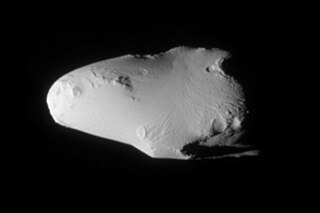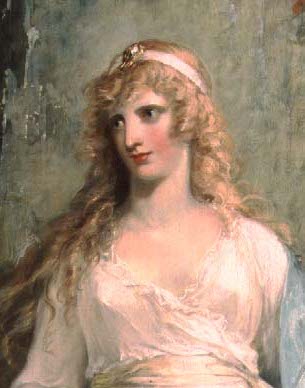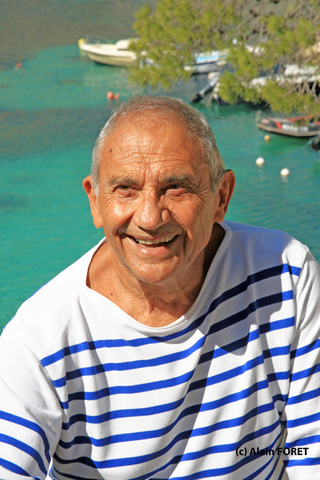Calypso, Calipso, Kalypso, Kalipso, may refer to:
Soca music is a genre of music defined by Ras Shorty I, its inventor, as the "Soul of Calypso", which has influences of African and East Indian rhythms. It was originally spelled "sokah" by its inventor but through an error in a local newspaper when reporting on the new music it was erroneously spelled "soca"; Lord Shorty confirmed the error but chose to leave it that way to avoid confusion. It is a genre of music that originated in Trinidad and Tobago in the early 1970s and developed into a range of styles during the 1980s and after. Soca was initially developed by Lord Shorty in an effort to revive traditional calypso, the popularity of which had been flagging amongst younger generations in Trinidad due to the rise in popularity of reggae from Jamaica and soul and funk from the United States. Soca is an offshoot of calypso/kaiso, with influences from East Indian rhythms and hooks.
Calypso is a style of Caribbean music that originated in Trinidad and Tobago during the early to mid-19th century and spread to the rest of the Caribbean Antilles by the mid-20th century. Its rhythms can be traced back to West African Kaiso and the arrival of French planters and their slaves from the French Antilles in the 18th century.

Calypso is a moon of Saturn. It was discovered in 1980, from ground-based observations, by Dan Pascu, P. Kenneth Seidelmann, William A. Baum, and Douglas G. Currie, and was provisionally designated S/1980 S 25. Several other apparitions of it were recorded in the following months: S/1980 S 29, S/1980 S 30, S/1980 S 32, and S/1981 S 2. In 1983 it was officially named after Calypso of Greek mythology. It is also designated Saturn XIV or Tethys C.

RV Calypso is a former British Royal Navy minesweeper converted into a research vessel for the oceanographic researcher Jacques Cousteau, equipped with a mobile laboratory for underwater field research. She was severely damaged in 1996 and was planned to undergo a complete refurbishment in 2009–2011 that has not been accomplished. The ship is named after the Greek mythological figure Calypso.
The music of Trinidad and Tobago is best known for its calypso music, soca music, chutney music, and steelpan. Calypso's internationally noted performances in the 1950s from native artists such as Lord Melody, Lord Kitchener and Mighty Sparrow. The art form was most popularised at that time by Harry Belafonte. Along with folk songs and African- and Indian-based classical forms, cross-cultural interactions have produced other indigenous forms of music including soca, rapso, parang, chutney, and other derivative and fusion styles. There are also local communities which practice and experiment with international classical and pop music, often fusing them with local steelpan instruments.

A calypsonian, originally known as a chantwell, is a musician from the anglophone Caribbean who sings songs of the calypso genre.
Simone Cousteau was a French explorer. She was the first woman scuba diver and aquanaut, and wife and business partner of undersea explorer Jacques-Yves Cousteau.

In Greek mythology, Calypso was a nymph who lived on the island of Ogygia, where, according to Homer's Odyssey, she detained Odysseus for seven years against his will. She promised Odysseus immortality if he would stay with her, but Odysseus preferred to return home. Eventually, after the intervention of the other gods, Calypso was forced to let Odysseus go.
Mento is a style of Jamaican folk music that predates and has greatly influenced ska and reggae music. It is a fusion of African rhythmic elements and European elements, which reached peak popularity in the 1940s and 1950s. Mento typically features acoustic instruments, such as acoustic guitar, banjo, hand drums, and the rhumba box — a large mbira in the shape of a box that can be sat on while played. The rhumba box carries the bass part of the music.

The music of Saint Kitts and Nevis is known for a number of musical celebrations including Carnival. The last week in June features the St Kitts Music Festival, while the week-long Culturama on Nevis lasts from the end of July into early August.

Calypso Ezili is a supervillain appearing in American comic books published by Marvel Comics. Created by writer Denny O'Neil and artist Alan Weiss, the character first appeared in Amazing Spider-Man #209. Calypso Ezili is a voodoo priestess of Haitian descent. She serves as an adversary of the superhero Peter Parker / Spider-Man. The character is the occasional lover and partner of the Kraven the Hunter. Ezili is also known under the codenames The Witch and The Hunter of Souls.

Davy Jones is a fictional character in the Pirates of the Caribbean film series based upon the legendary character of the same name. He is portrayed through motion capture by Bill Nighy and voiced by Nighy and Robin Atkin Downes. In the movie franchise, he is first mentioned in the film The Curse of the Black Pearl (2003) and appears in Dead Man's Chest (2006) as well as At World's End (2007).

Glenealy is one of the few roads or streets without a suffix in Hong Kong. Located in the Mid-Levels on the Hong Kong Island, Hong Kong, it starts from Ice House Street and goes uphill to Hong Kong Zoological and Botanical Gardens, across Robinson Road and ends at Hornsey Road and Conduit Road.

Glenealy is a village in County Wicklow, Ireland. It is 8 km (5 mi) west of Wicklow Town, on the R752 road. The Dublin–Rosslare railway line also passes through the village. The village is in a civil parish of the same name.

Albert Falco was a French scuba diving veteran and champion of underwater conservation. He was one of the longest-serving diving companions of Jacques Cousteau, Chief Diver, and later Captain of the RV Calypso. He lived in France and was active in preserving aquatic ecosystems. He played several leading roles on Cousteau's films, like The Silent World (1956), World Without Sun (1964) and Voyage to the Edge of the World (1976). Falco was the author of a non-fiction book, Capitaine de La Calypso.
Calypso is an international electronic ticketing standard for microprocessor contactless smart cards, originally designed by a group of transit operators from 11 countries including Belgium, Canada, France, Germany, Italy, Latvia, México, Portugal and others. It ensures multi-sources of compatible products, and allows for interoperability between several transport operators in the same area.
Glenealy Hurling Club is a Gaelic Athletic Association club located in the parish of Glenealy and Ashford in County Wicklow, Ireland. The club was founded in 1885 as a football club but switched codes to the game of hurling in the early 1920s.

Glenea is a genus of longhorn beetles belonging to the family Cerambycidae, subfamily Lamiinae.










